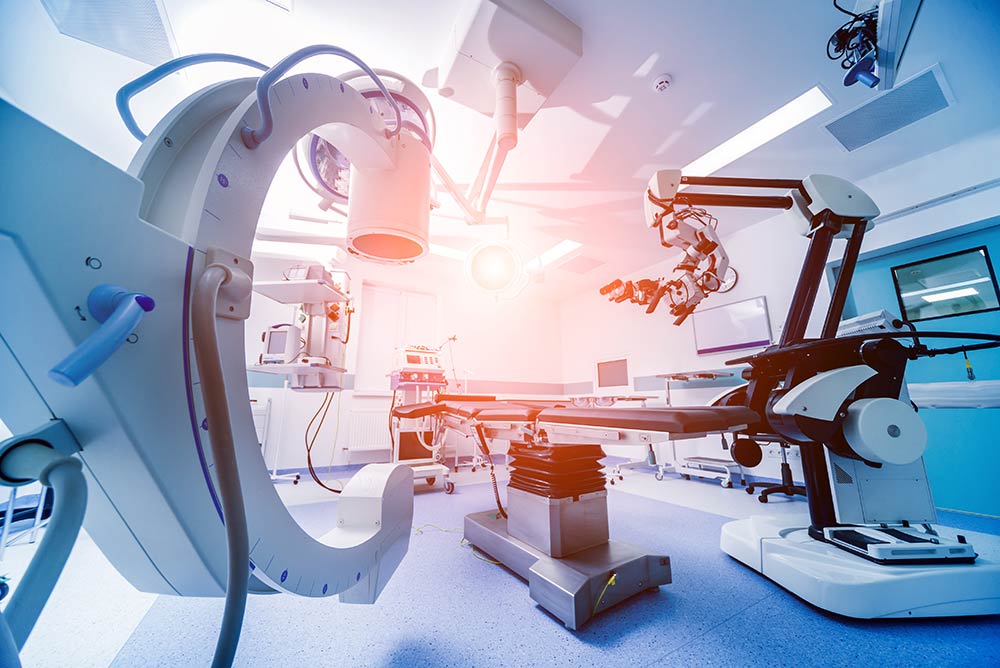
Keeping Medical Devices Safe with Cartridge Heaters
Medical devices require precise temperature control to ensure both patient safety and effective treatment. One small yet vital component playing a key role in this process is the cartridge heater. These heaters might seem like simple devices, but they’re at the heart of many sterilization and heating processes in the medical field. By providing reliable and consistent heat, cartridge heaters help keep medical equipment sterile, efficient, and safe. Here’s how these compact yet powerful tools contribute to the safety and reliability of medical devices.
Precise Heat Control to Maintain Sterility of Medical Instruments
Sterilization is critical in healthcare settings, and maintaining the right temperature is essential to effectively eliminate bacteria and pathogens. Cartridge heaters are designed to offer precise heat control, ensuring that medical instruments reach and sustain the necessary temperature for complete sterilization.
Cartridge heaters achieve this accuracy by adjusting quickly to temperature changes, maintaining a steady and safe heat level. This precision not only helps keep instruments sterile but also extends the lifespan of the devices by preventing overheating. With cartridge heaters, medical professionals can feel confident that equipment is properly sterilized, supporting patient safety and compliance with healthcare regulations.
Compact Design for Integration into Small, Delicate Devices
Many medical devices are small and intricately designed, making it important for heating elements to fit seamlessly within them. Cartridge heaters are known for their compact design, allowing them to be integrated into even the most delicate of medical devices without compromising functionality. This versatility makes them a popular choice for a wide range of medical applications.
Their small size doesn’t mean they lack power. These heaters pack a punch when it comes to delivering the necessary heat while maintaining their minimal footprint. This makes it easier for engineers to incorporate them into the design of medical tools and equipment, ensuring both efficiency and safety.
Consistent Thermal Output to Avoid Cold Spots During Sterilization
When it comes to sterilization, even heat distribution is key. Cold spots in heating equipment can leave parts of medical devices under-sterilized, which could pose a risk to patient safety. Cartridge heaters are specifically designed to provide consistent thermal output, eliminating the potential for cold spots during sterilization processes.
Their uniform heating capabilities ensure that the entire surface of the device is evenly heated. By maintaining consistent thermal output, cartridge heaters help prevent any sections of medical instruments from being inadequately sterilized, reducing the risk of infection and improving the overall quality of healthcare.
Rapid Heat-Up Times for Efficient, On-Demand Operation
In fast-paced medical environments, waiting for equipment to heat up can be both frustrating and inefficient. Cartridge heaters are designed for rapid heat-up times, making them ideal for on-demand operation in healthcare settings. This means less waiting time for staff and quicker turnaround times for sterilizing medical instruments.
The ability to heat up quickly not only improves workflow but also ensures that medical devices can be promptly prepared for use. This responsiveness is particularly beneficial in situations where time is of the essence, such …



















